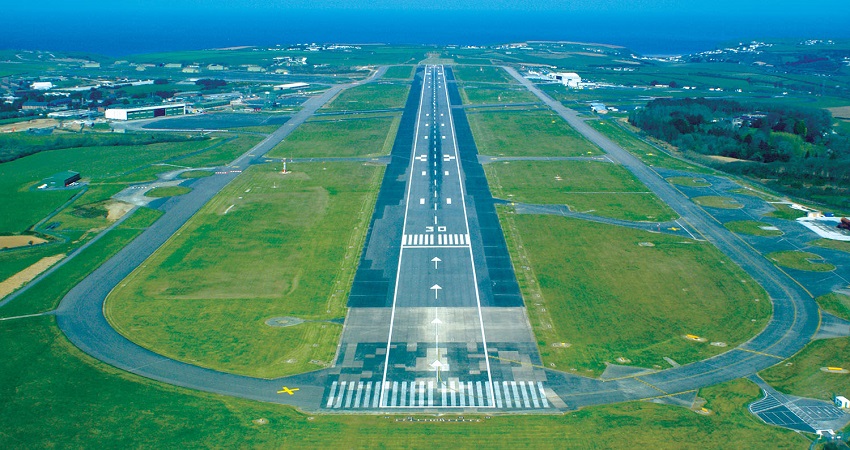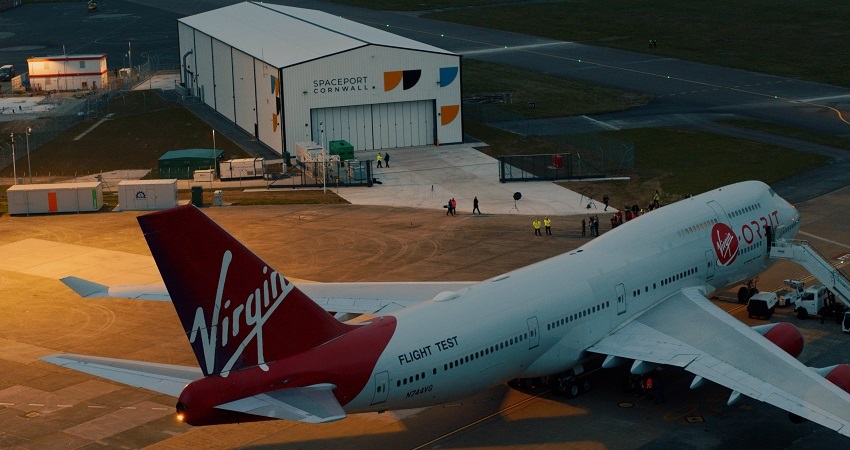Spaceport Cornwall is the UK’s horizontal launch solution, utilising the state-of-the-art facilities at Cornwall Airport Newquay and Goonhilly Earth Station. This commercial spaceport is a partnership between Cornwall Council, the UK Space Agency and the private launch provider Virgin Orbit. With one of the longest runways in the United Kingdom (2,744m), state-of-the-art infrastructure, direct access to the sea, uncongested airspace and low residential build-up, Spaceport Cornwall, located at Newquay Airport has all the facilities in place to operate as a commercial spaceport. Facilities at Goonhilly Earth Station allow tracking, monitoring and mission control. Goonhilly is the world’s largest satellite earth receiving station with commercial deep space communications. On 16 November 2022, it was announced that Spaceport Cornwall had been granted an operating licence by the Civil Aviation Authority (CAA) allowing it to send satellites into space. From this location in the United Kingdom, Virgin Orbit will bring small satellites into space with its air-launched rocket LauncherOne.
The United Kingdom is located relatively far north, which means it’s perfect for launching satellites into polar and Sun-synchronous orbits, which go over the north and south poles. These orbits are ideal for satellites that monitor the Earth and provide telecommunications. From Spaceport Cornwall, in support of the UK Space Agency, a LauncherOne rocket of Virgin Orbit can launch small satellites from under the wing of a converted Virgin Atlantic Boeing 747 jumbo jet (called Cosmic Girl). LauncherOne is a two-stage orbital launch vehicle developed and flown by Virgin Orbit that began operational flights in 2021, after being in development from 2007 to 2020. It's an air-launched rocket, designed to carry smallsat payloads (CubeSats) of up to 300 kg (660 lb) into a Sun-synchronous orbit (SSO), following air launch from a modified Boeing 747-400 at high altitude. After the launch of the rocket, the modified Boeing 747 will return back to Spaceport Cornwall to get ready for a new mission.
Runway
| Runway 12/30: | 2,744 m / 9,003 ft |


Credit: Virgin Orbit/Spaceport Cornwall

